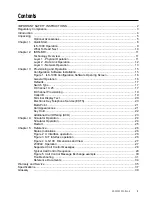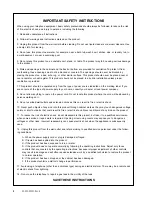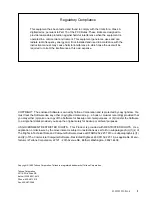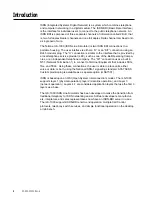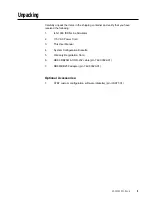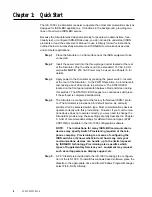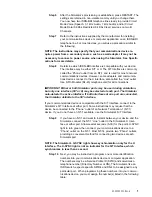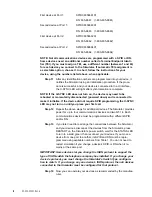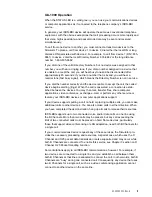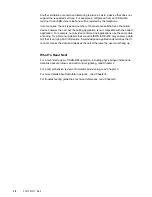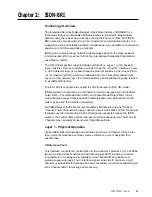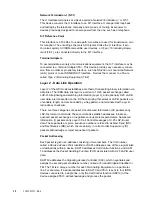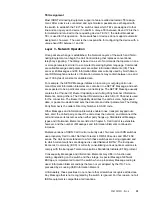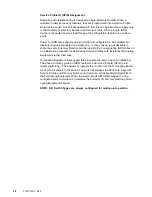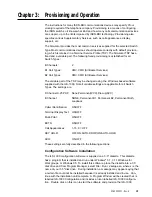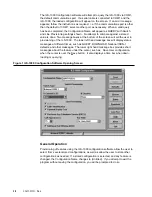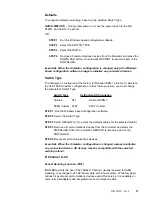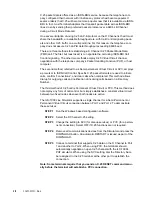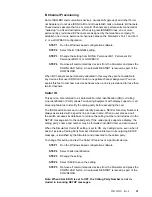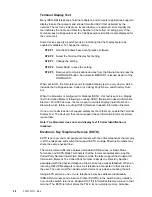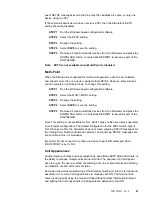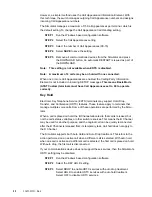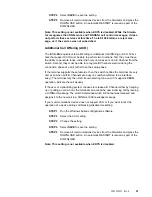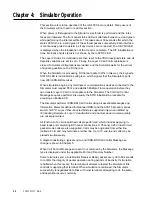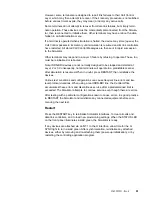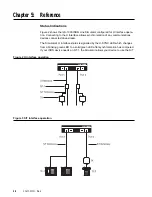
40-400-00001, Rev. A
11
Chapter 2: ISDN-BRI
Technology Overview
The Integrated Services Digital Network - Basic Rate Interface (ISDN-BRI) is a
technology that gives individuals affordable access to the world’s largest digital
network using the copper wire currently entering their home or office. With ISDN-
BRI, users may connect almost any form of personal communications device to a
single phone line and establish multiple, simultaneous voice and data connections at
speeds up to 128 thousand bits per second.
ISDN is an extremely robust networking technology based on the Open Systems
Interconnection (OSI) model set forth in the International Standards Organization
specification, ISO84.
The OSI model specifies a layered design architecture. Layer 1, or the physical
layer, consists of two new interfaces, referred to as the
U and S/T Interfaces. Layer
2, or the data link layer, is a packet transport protocol known as
Link Access Proto-
col - D Channel (LAP-D), which was adapted from ITU-T Recommendation X.25.
Layer 3, or the network layer, is a flexible switching and signaling language referred
to as
ISDN Call Control.
The ILS-1000 is configured to support the first three layers of the OSI model.
ISDN services are referred to as
Call Types. Common call types are Circuit Mode
Voice (CMV), Circuit Mode Data (CMD), and Packet Mode Data (PMD). Circuit
mode call types support high-speed data and digitized voice, while packet mode
calls may be used for computer networking.
All ISDN-BRI user traffic travels over two 64Kbs
B Channels and one 16Kbs D
Channel. The B Channels are always used for circuit mode calls and the D Channel
is always used for transporting Call Control signaling packets between the ISDN
switch in the central office and the end-user communications device. The B and D
Channels may optionally transport user Packet Mode Data.
Layer 1 - Physical Operation
Typical ISDN-BRI terminations and interfaces are shown in Chapter 5. Each inter-
face, which the telephone company terms a
reference point, is designed for a
specific task.
U Reference Point
This interface connects the central office to the customer’s premises. It is a 160Kbs,
two-wire, bidirectional transmission path that employs 2B1Q encoding to endure
long distances. It is designed to provide as much bandwidth as possible over
existing copper wire pairs. The U interface signal carries two B channels, one D
channel, overhead bits for framing and echo cancellation, and an
Embedded Opera-
tions Channel (EOC) for testing and monitoring.


